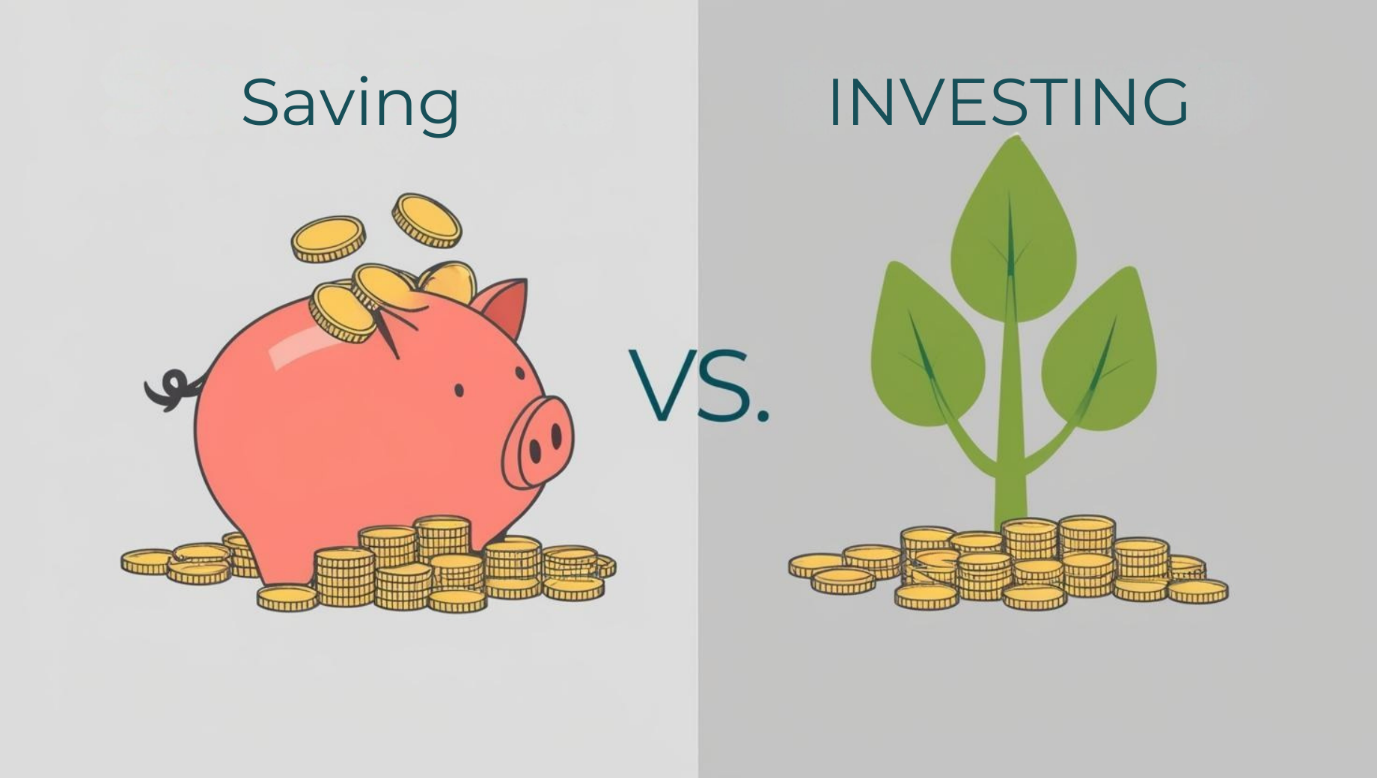NISM Certification Training
(24)+ Courses

Introduction
Achieving financial stability and growth requires a combination of saving and investing. While saving focuses on preserving your money for immediate needs or emergencies, investing helps grow your wealth over time. Understanding the distinction between the two is essential for effective financial planning. Finding the right balance between saving and investing depends on your goals, time horizon, and risk tolerance. This article explores the differences, benefits, and strategies to strike the perfect balance between the two.
Understanding Saving
Saving is the act of setting aside money for short-term goals or unforeseen expenses. The primary objective of saving is to ensure liquidity and safety. Savings are typically held in low-risk instruments such as savings accounts, fixed deposits, or money market accounts. These options provide easy access to funds while offering predictable, albeit modest, returns.
For example, an emergency fund is a classic application of saving. It ensures that you have readily available funds to address unexpected costs, such as medical emergencies or car repairs, without resorting to high-interest debt. Savings are not meant to generate significant returns but to act as a financial safety net, ensuring stability and peace of mind.
Understanding Investing
Investing involves allocating money to assets like stocks, bonds, mutual funds, or real estate with the expectation of earning a return over time. Unlike saving, investing carries a degree of risk but offers the potential for higher returns. Investments are best suited for long-term goals such as retirement, wealth creation, or funding a child’s education.
For instance, investing in equity mutual funds can yield an average annual return of 10–12% over the long term, significantly outpacing the returns from savings accounts. However, investments are subject to market fluctuations, requiring patience and a longer time horizon to weather short-term volatility.
The Benefits of Saving and Investing
Both saving and investing play unique roles in financial planning. Savings ensure immediate financial security by providing a readily accessible pool of funds. This is particularly critical for covering essential expenses during emergencies or achieving short-term goals. On the other hand, investing focuses on wealth creation. By leveraging the power of compounding, investments grow your money over time, allowing you to achieve long-term financial objectives.
Savings are low-risk and liquid, making them ideal for preserving capital. However, the downside is that their returns often fail to keep pace with inflation, eroding purchasing power over time. Investments, while riskier, offer the opportunity to outpace inflation and generate substantial wealth, especially when held for the long term.
How to Strike the Right Balance
Balancing saving and investing requires careful consideration of your financial goals, time horizon, and risk tolerance. A step-by-step approach can help you determine the optimal allocation:
Example: Balancing Savings and Investments
Ananya, a 30-year-old professional earning ₹60,000 per month, adopts a balanced financial strategy. She sets aside ₹15,000 monthly, allocating ₹5,000 to her emergency fund and ₹10,000 to a fixed deposit for short-term goals like buying a laptop. Additionally, she invests ₹10,000 monthly in equity mutual funds for wealth creation and ₹5,000 in a Public Provident Fund (PPF) for retirement. This approach ensures Ananya has adequate liquidity for emergencies while growing her wealth for the future.
Common Mistakes to Avoid
Overemphasizing one strategy at the expense of the other can hinder financial progress. For instance, keeping excessive money in low-yield savings accounts can result in missed opportunities to grow wealth through investing. Conversely, focusing entirely on investing without adequate savings can leave you vulnerable during emergencies. Another common mistake is neglecting to reassess your financial strategy regularly, which can lead to inefficiencies as your goals and circumstances evolve.
Conclusion
Saving and investing are complementary strategies that form the foundation of sound financial planning. While saving provides immediate financial security, investing drives long-term wealth creation. Striking the right balance requires careful assessment of your needs, goals, and risk appetite. By starting with a robust emergency fund, defining your objectives, and aligning your financial plan with your time horizon and risk tolerance, you can achieve both stability and growth. Remember, financial success lies not in choosing between saving and investing but in making them work together harmoniously.
Sources
